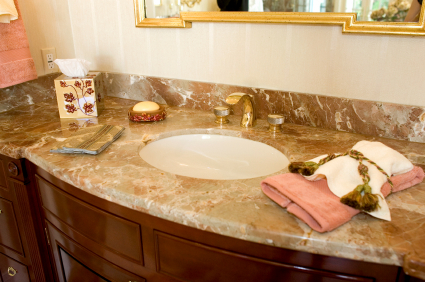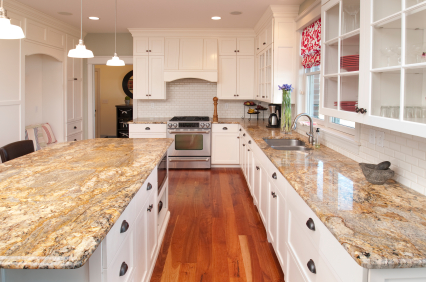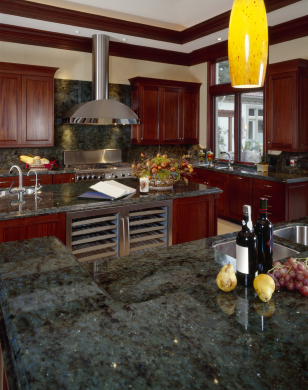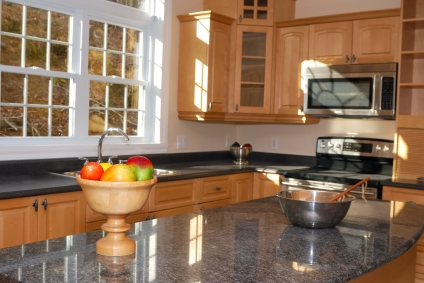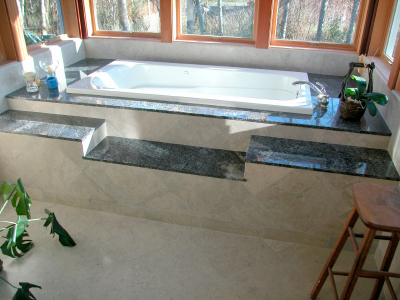Kitchen Countertop Repair and Restore
New England’s Most Trusted Stone Contractors
- Kitchen Counter Repair
- Stone Sealing
- Fix Chips and Cracks
- Stain Removal
- Etching and Scratch Removal
- Cleaning and Repolishing
- Professional and Reliable!
Call for a Free Estimate
978-886-4648
Customize, Seal and Rejuvenate Your Kitchen Counters
Tucceri Granite Restoration
Your Boston Area Stone Contractors
We service the Greater Boston MA area and many other locations within the Merrimack Valley, plus Southern New Hampshire and Southern Maine.
Contact Us Today
phone: (978) 886-4648
email: info@granite-restoration.com
Or Request a Free Estimate using this form:
REQUEST ESTIMATE
How do you protect your kitchen and bathroom counters? Ask us, we’re the Experts!
Paul Tucceri has a lifetime of experience in the stone trade, from the carving of lettering on monuments, to refinishing and sealing all kinds of natural stone. He is New England’s resource for stone repair, refinishing, restoration, and long-term care and maintenance of stone surfaces.
Tucceri Granite Restoration is widely respected and trusted throughout Boston and all of New England.
Read below to learn more about our specific techniques for stone sealing, etching removal, stain removal, crack and chip repair, and other topics. Or just give us a call and we’ll be happy to answer all your questions… really!
Stone Sealing
All stone sealers (and the person applying them) are not created equal. Some stone kitchen counters and bathroom vanities have to be treated with a sealer that will give maximum protection against water and oil penetration.
At Tucceri Granite Restoration we carry as many as twelve different sealers to be applied to your countertops and vanities, depending on the material, for maximum protection.
Applying sealer is not as easy as just spreading it. The proper way is the way we do it at Tucceri Granite Restoration. First, we clean with a degreaser to remove anything that will stop the sealer from penetrating deep into the stone. Then we apply two coats of the sealer we determine to best protect your surface. Next, we buff them with a zero steel wool pad and add a coat of protect and shine. (For polished stone only).
In most cases this process will leave your surface stain resistant, looking like the day it was installed, and makes cleaning easy. Properly maintained, depending on your surface, this process will last 8 to 12 years.
To achieve this, we may use diamond pads and polishing powders. Here at Tucceri Granite Restoration we have the knowledge and equipment to totally restore your countertops and vanities.
Etching Removal
When acidic liquids, such as orange juice, lemonade, wine, shaving cream etc, come in contact with stone surfaces, it will cause etching. Etching is a chemical reaction where the chemical eats away the calcium in some surfaces such as Marble, Limestone, Travertine and concrete, leaving a scar. This problem can be fixed by grinding out with a series of diamond pads and polishing compounds to bring it back to its original condition. This process can be also used to change your stone countertop or vanity from a polished to honed finish.
There are no sealers that stop etching. At Tucceri Granite Restoration we use one that helps. There are plastic coatings on the market which we do not offer. They present a new set of problems. They also need regular maintenance too. Chemical coating may help but do not absolutely prevent etchings. They also require upkeep and maintenance. They can be more trouble than the problem they tried to solve. Possible problems include:
- Change the look of the stone possibly making it look like plastic.
- Require new or additional special maintenance (compared to an untreated surface).
- Show wear (scuff, scratches more readily than the stone itself.)
- Maybe be detrimental to the long term integrity of the stone.
The best way to help with etching is to seal your surface. If polished use a topical polish shine enhancer. We use and recommend protect and shine by Regent Stone Products. Clean with Regent Stone Soap. You also use products made by Granite Gold. Blot up spills immediately. Clean with a separate sponge, (not the one you use to wash your dishes), or a soft cloth. Dry with paper towels, buff out with a micro fiber cloth. Use cutting boards coasters and trivets. Use a tray for bathroom toiletry products.
For floors, dust mop regularly. Use doormats, runners and rugs.
- Do not use:
- Generic household cleaners
- Vinegar, ammonia, lemon or orange cleaners
- Bathroom tub and tile cleaners
- Grout cleaners
- Do not place toiletry products on vanity countertops
- Do not sit or stand on countertops
- Do not use as a workbench
If damage does occur and you need it repaired you can rest knowing that restoration is possible in most cases. Damage to stone is rarely permanent.
Note: These tips mostly apply to softer stones like marble, limestone, concrete and travertine. Granite is much harder; you don’t have to be as careful with it.
Crack and Chip Repair
Tucceri Granite Restoration also repairs cracks and chips. In doing so, we try to make the repair match as close to the surface as possible. We use the latest technology which is an UV epoxy. This comes in many different color syringes which we inject into the repair. Often we put UV light on to cure. This is a cosmetic fix.
If the crack needs to be structurally reinforced we first inject the crack with a penetrating epoxy. Then we finish the repair cosmetically with the UV epoxy to match the surfaces as close as possible using multiple colors. We find that cracks in front and behind the sink are quite common. This is caused by the rod installed during fabrication to strengthen narrow areas. If an iron rod is used and the caulking between the sink and surface has failed, water wicks up through the iron rod causing it to rust and expand causing the crack.
Stains
Deep seated stain removal can be the most difficult and time consuming part of stone restoration. Also the results cannot be guaranteed. First step is to identify what caused the stain. If it is oil based, organic, metal, biological, ink, or paint. After that has been determined, we mix the appropriate cleaning agent to remove the stain with clay, making a poultice, which we apply to the stain, cover with plastic, and leave for 24 hours. Then, remove plastic allowing enough time for clay to completely dry. This process, in some cases, pulls the stain out. It can take as many as 1-3 times to remove the stain. It may not always remove it completely. This is why I consider it one of the most difficult and frustrating parts of stone restoration. Any questions please call:
Paul Tucceri
Tucceri Granite Restoration
978 886-4648
Back to Homepage here.



